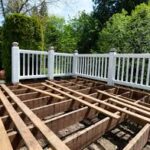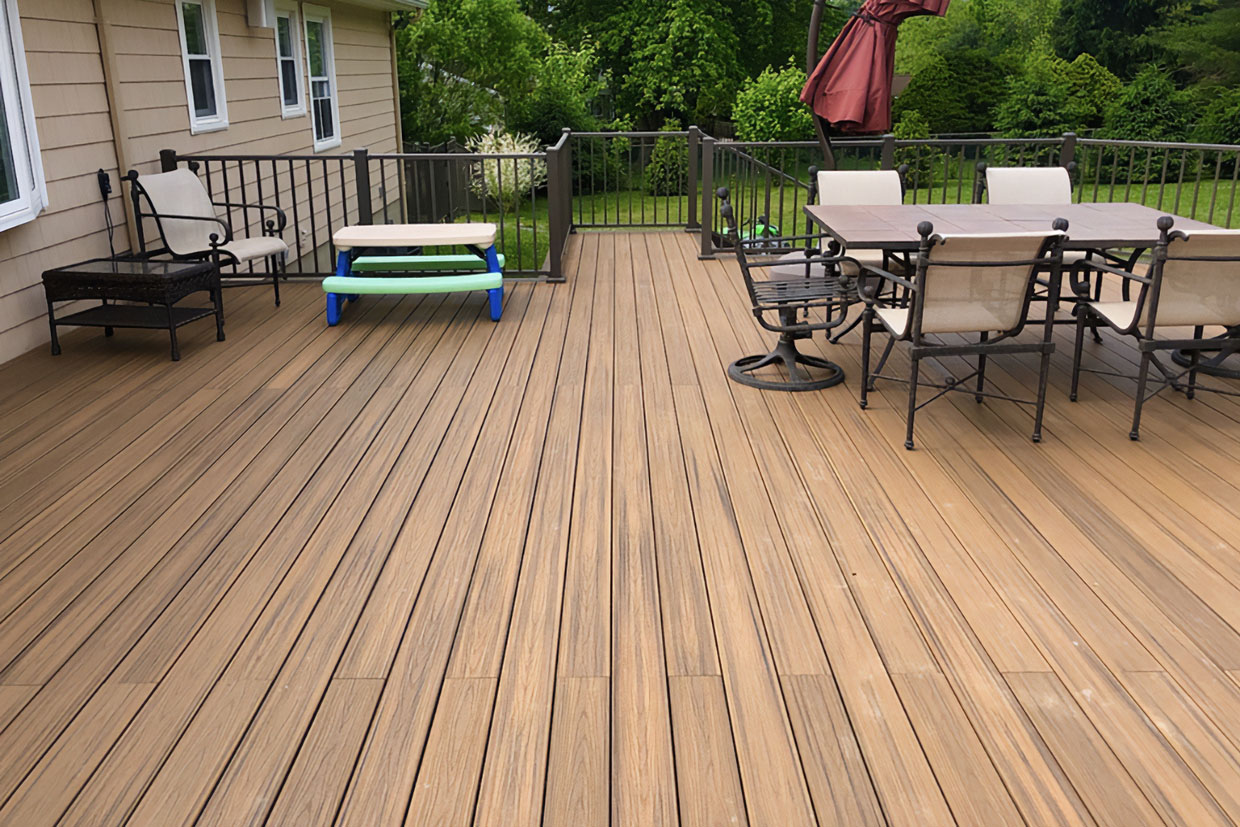Installing a deck can be an exciting project that enhances your outdoor living space, offering a perfect spot for relaxation, entertainment, and enjoying nature. Whether you’re a seasoned DIY enthusiast or a first-timer, understanding the steps and key considerations for a successful decking installation is crucial to achieving a durable and beautiful result. In this blog post, we will walk you through essential tips to ensure your decking installation goes as smoothly as possible.
Planning and Preparation
 Before diving into the installation process, careful planning is essential to avoid common mistakes and setbacks. Start by assessing the space where the deck will be installed. Measure the area accurately, considering the shape, size, and placement of your deck. Make sure to check your local zoning laws and building codes, as these may influence the type of deck you can build, the materials you can use, and how the deck should be constructed.
Before diving into the installation process, careful planning is essential to avoid common mistakes and setbacks. Start by assessing the space where the deck will be installed. Measure the area accurately, considering the shape, size, and placement of your deck. Make sure to check your local zoning laws and building codes, as these may influence the type of deck you can build, the materials you can use, and how the deck should be constructed.
It’s also wise to choose the right materials based on your climate and the deck’s intended use. Pressure-treated wood, cedar, and composite materials all have their advantages, with composite being low-maintenance, while wood offers a natural aesthetic. Once you’ve chosen your materials, make sure to order enough supplies to complete the project, factoring in any mistakes or adjustments that may arise.
Tools and Equipment
Having the right tools and equipment is essential to a smooth decking installation. Depending on the size and complexity of your project, you may need a range of tools, such as a saw, drill, hammer, measuring tape, and spirit level. Additionally, a power sander can be useful for smoothing rough edges of wooden planks, and a power drill will ensure secure, professional-looking screws.
Before starting, take inventory of all the necessary tools. Having everything on hand will save you time and prevent unnecessary trips to the hardware store during the installation. If you don’t already own certain tools, consider renting them from a local equipment rental service, as purchasing tools for a one-time project may not be the most cost-effective option.
Building the Foundation
A solid foundation is critical for the long-term stability and durability of your deck. Start by ensuring that the ground where the deck will be built is level. Uneven ground can cause issues with the deck’s structure and lead to instability over time. If the ground is not level, consider grading the area to create a more even surface.
Once the ground is prepared, begin installing the deck’s support structure. This typically includes posts, beams, and joists that will support the deck boards. Ensure that the posts are securely anchored in the ground, as the foundation of your deck needs to be strong enough to support the weight of people, furniture, and the decking materials.

Decking Board Installation
When it comes to installing the decking boards, the key is precision. Lay out the first few boards along the outer edge of the deck, making sure they are aligned properly and spaced evenly. Use a spirit level to check for accuracy and make sure the boards are level with one another. The spacing between each board should allow for proper drainage to avoid water accumulation and reduce the risk of rot.
It’s also important to ensure that the boards are securely fastened to the joists. Use high-quality screws that are corrosion-resistant to prevent rust and ensure the deck boards stay firmly in place over time. If you’re using pressure-treated wood, it’s a good idea to pre-drill holes before inserting screws, as this can help prevent the wood from splitting.
Finishing Touches and Safety Considerations
Once the main structure of the deck is complete, it’s time to add the finishing touches. Trim any excess material from the edges of the deck, ensuring that the edges are smooth and straight. If desired, you can add railings, steps, or other features to enhance the look and functionality of your deck. Consider installing railings for safety, particularly if the deck is elevated, as these can help prevent accidents and provide additional support.
Safety should always be a top priority throughout the installation process. Be mindful of the weather conditions, as strong winds or rain can make the installation process more dangerous. Always wear appropriate safety gear, such as protective gloves, goggles, and a dust mask, especially when using power tools or cutting materials. It’s also important to check the stability of the deck structure as you go, making sure everything is tightly secured and structurally sound.
